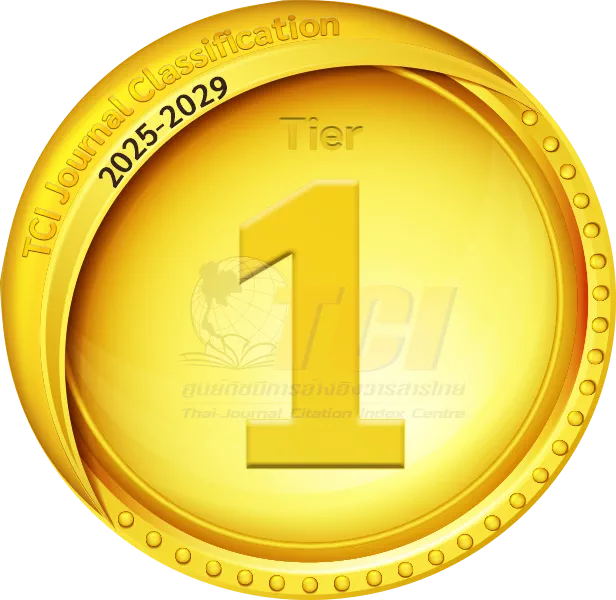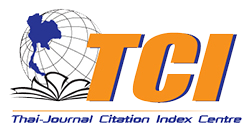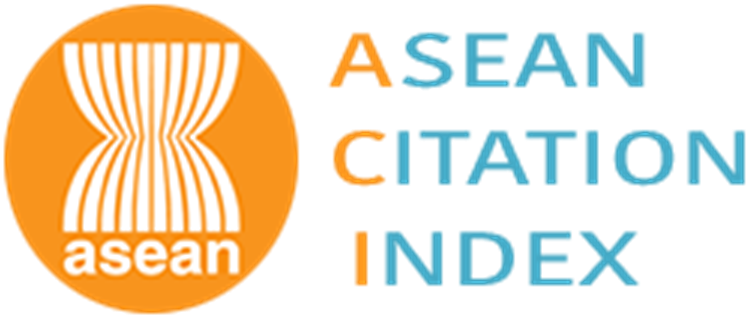ความท้าทายและกลยุทธ์ในการพัฒนากระบวนการกลั่นทางชีวภาพตามหลักเศรษฐกิจชีวภาพที่ยั่งยืน
Biorefinery Challenges and Strategic Solutions for a Sustainable Bioeconomy
Abstract
Biorefining is the sustainable processing of natural biomass into a wide range of marketable products and energy. A biorefinery integrates various processes and technologies to convert biomass into valuable products, aligning with the zero-waste concept [1]. Over the past few decades, biorefinery processes have been at the forefront of sustainability, offering an alternative to traditional non-renewable fuel sources. As global energy reserves continue to deplete due to population growth and rising consumption, biorefineries have played a transformative role in reshaping the energy sector with sustainable solutions.
[1] M. Sriariyanun and B. Dharmalingam, “From waste to wealth: Challenges in producing value-added biochemicals from lignocellulose biorefinery,” Journal of Applied Science and Emerging Technology, vol. 22, no. 3, 2023, doi: 10.14416/jaset.kmutnb.2023.03.001.
[2] E. J. Panakkal and M. Sriariyanun, “Valorization of lignocellulosic biomass to value added products,” The Journal of KMUTNB, vol. 33, no. 1, pp. 2985–2145, 2023, doi: 10.14416/ j.kmutnb.2022.12.001.
[3] R. Mohammad, A.-S. Nizami, M. Tabatabaei, M. Amjad, M. A. Qyyum, M. H. Javed, A. H. Al- Muhtaseb, A. M. Ali, A. Ahmad, K. Moustakas, S. S. Lam, I. Ali, and M. Farooq, “Integrated waste biorefineries: Achieving sustainable development goals,” Frontiers in Energy Research, vol. 11, 2023, doi: 10.3389/fenrg. 2023.1339666.
[4] I. Raheem, A. Tawai, S. Amornraksa, and M. Sriariyanun, “A comprehensive review of approaches in carbon capture, and utilization to reduce greenhouse gases,” Applied Science and Engineering Progress, vol. 18, no. 2, pp. 7629, 2025, doi: 10.14416/j.asep. 2024.11.004.
[5] S. K. Maity, “Opportunities, recent trends and challenges of integrated biorefinery: Part I,” Renewable and Sustainable Energy Reviews, vol. 43, pp. 1427–1445, 2015, doi: 10.1016/ j.rser.2014.11.092.
[6] S. Fahd, G. Fiorentino, S. Mellino, and S. Ulgiati, “Cropping bioenergy and biomaterials in marginal land: The added value of the biorefinery concept,” Energy, vol. 37, no. 1, pp. 79–93, 2012.
[7] T. Phusantisampan and N. Kitiborwornkul, “Progress in chemical pretreatment of lignocellulose biomass for applications in biorefinery,” The Journal of KMUTNB, vol. 32, no. 4, pp. 2985–2145, 2022, doi: 10.14416/ j.kmutnb.2022.09.018.
[8] V. Phakeenuya and N. Kitiborwornkul, “Recent progress in biorefining process for production of biofuels, biochemicals and biomaterials from lignocellulosic biomass,” The Journal of KMUTNB, vol. 34, no. 4, pp. 2985–2145, 2024, doi: 10.14416/j.kmutnb.2023.03.002.
[9] J. C. Solarte-Toro and C. A. Cardona Alzate, “Sustainability of biorefineries: Challenges and perspectives,” Energies, vol. 16, no. 7, pp. 3182, doi: 10.3390/en16073182.
[10] M. Sriariyanun, M. P. Gundupalli, V. Phakeenuya, T. Phusamtisampan, Y. S. Cheng, and P. Venkatachalam, “Biorefinery approaches for production of cellulosic ethanol fuel using recombinant engineered microorganisms,” Journal of Applied Science and Engineering, vol. 27, pp. 1985–2005, 2023.
DOI: 10.14416/j.kmutnb.2025.03.003
ISSN: 2985-2145





